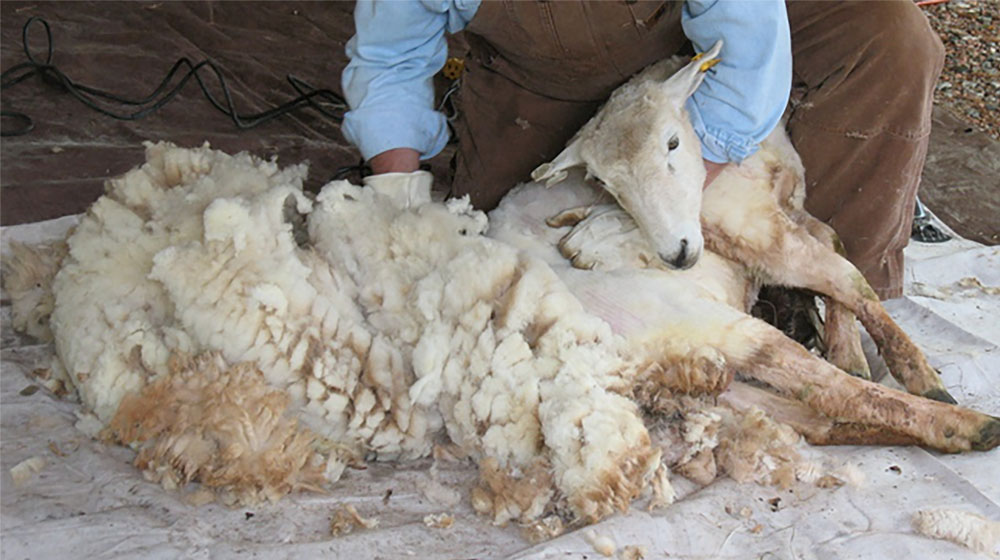
Today I would like to talk to you about wool. Since every day you ask us so many questions, we thought it was time to take a deeper look at the subject, sharing a few basic notions with you. Are you ready to take notes?
It is a textile fiber of animal origin. It is protein based and it is obtained from the fleece of sheep, goats and camelids who live in cold, mountainous areas. The fleece is the coat which protects the animal from the cold and from water, and it is made up of two different types of hair:

The process with which the wool is collected is called shearing. If one wants to obtain long fibers, the animal is shorn only once a year, and the resulting wool is called full wool. If, instead, one wants a shorter fiber, with two blunt ends, the sheep is shorn twice in a year. The resulting fiber is called second shear.
The wool fiber is made up of a protein called keratin. When observed through a microscope, it looks like a cylindical tube covered in big overlapping scales. In fact, these scales are the key element in the felting technique. If these scales were not there, felting itself would be impossible!

Depending on which animal they come from, fibers measure from 2mm to 90mm in length, and have multiple elastic corrugations.
The main features of wool include softness, elasticity, hygroscopicity and high thermal insulation properties. On the other hand, it has a low resistance to mechanical strain.Hygroscopicityis the property certain substances have to absorb water molecules from the surrounding environment. Wool can absorb humidity for up 20-25% its own weight, without looking or feeling wet. So, it’s important to maintain this natural wetness in wool, to preserve both its hand and its characteristics. If you can, store your wool in a cool and dry place.
Since we talked about felting, here are some suggestions related to that topic.
When washing wool, be careful not to expose the fiber to heat or friction. This way, you will prevent the scales in the garment to get stuck in each other and create a felting effect. For this reason, we recommend you wash your clothes in cold or lukewarm water, without rubbing, and then rinse abundantly. In order to make the fiber shinier and to prevent felting, you can also rinse with water and vinegar. This will smooth down the scales that tend to stick up during the wash.
I hope this information is useful to you.
If you liked this article maybe you would also enjoy Yak and Camel: Deluxe Fibers for Felting
WRITE A COMMENT